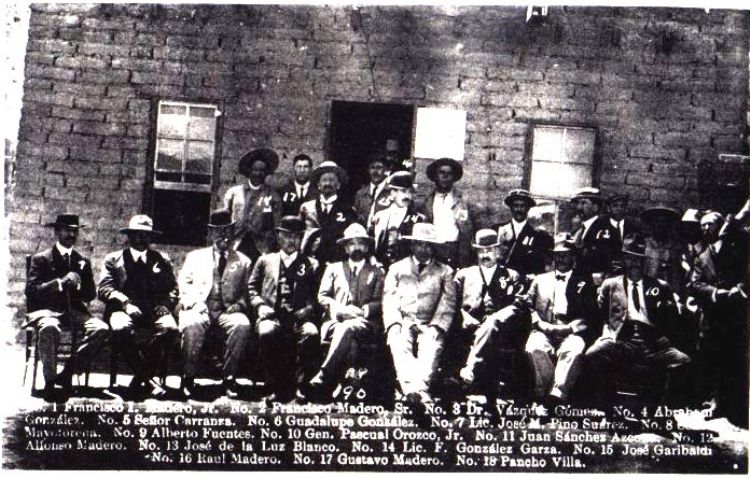
During the 19th century, the country had many battles, no...
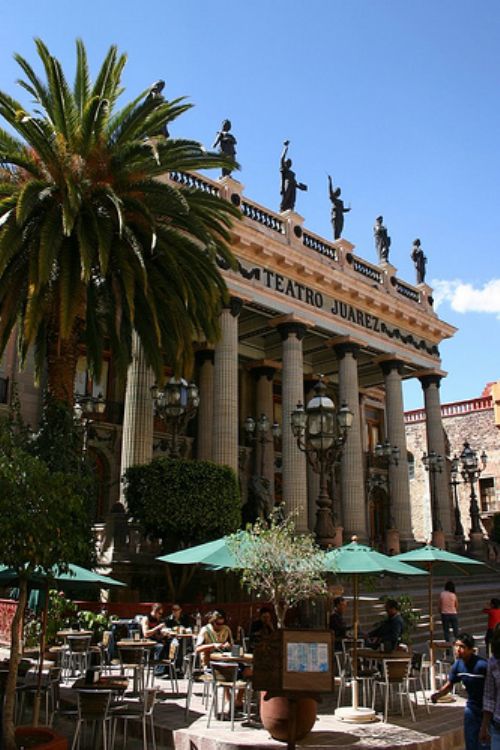
The "place rich in frogs", now Guanajuato owes its name to the Chichimeca community that worshiped frogs. They were represented by two natural shaped rocks on the Meco or Chichimeca Hill that surrounds Guanajuato city.
The variety of dishes distinguishes the Guanajuato cuisine. All the regions boast their creations. In Comonfort the steamed nopalitos, the dry adobo , the fritangas for the poor, rabo soup and the colonche, a fermented tuna drink are some of the specialties. In Salamanca the goat or lamb barbecue; in Celaya the dulce de leche and nut sweets stand out for its flavors; in Dolores Hidalgo the snows with peculiar flavors such as shrimp, tequila, mole and elote, Other favorites are: the pacholas guanajuatenses, the San Miguel de Allende snack, the tumbagones, the palomino chili, the turkey and tongue jelly, and the rosaceas and love soups.
Since 1972, every year , during October and November, Guanajuato city holds the Festival Cervantino, in honor of the illustrious author Miguel de Cervantes. The Cervantino International Festival is today the most important cultural and artistic event in all of Latin America. There are concerts, plays, exhibitions, performances, literature workshops, arts and crafts, among many other cultural and artistic activities.
The Diego Rivera Biennial is another great cultural event. Held in honor of the famous painter and muralist Diego Rivera. He founded the Colegio Nacional and was a distinguished painter who had exhibitions in the United States and Europe. He was married to the international distinguished Mexican artist, Frida Kahlo.
The main Guanajuato crafts are leather products: saddles, shoes, purses, belts moneybags are displayed to the public through international fairs. Hand made ceramics and pottery from the Sierra Central, Los Altos and the Bajio, the woodcrafts and furniture from the Apaseo municipality -technique passed from generation to generation- and Tarandacuao Pottery are among other crafts also available to the visitor.
The variety of dances is another cultural asset. They are mostly performed during the patron celebrations like the Virgen del Refugio Day, the Virgen del Carmen Day, the Virgen de los Remedios day, the Inmaculada Concepción day and the María Auxiliadora day among many others. The dances show the life style of the people throughout its history; sometimes with pride, other times trying to express frustration or denounce social concerns. These are some of the dances still performed by the local dancers: dance of the elderly, of the French, of the Moorish, of the Chichimecas, of the Sonajeros, of the Plumero, of the Pames, of the Compadres and the Toreritos.

During the 19th century, the country had many battles, no...
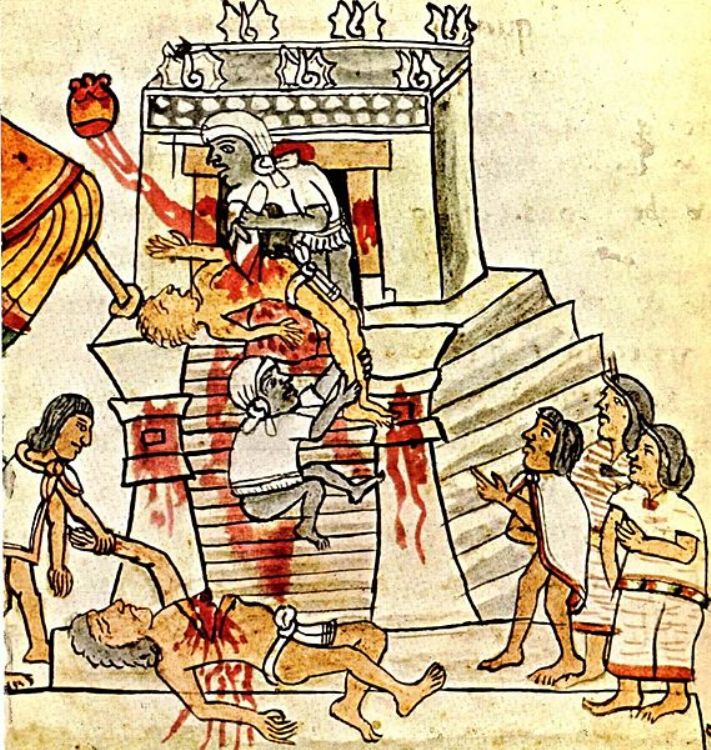
Pre-Columbian era is a term used referring to the situati...
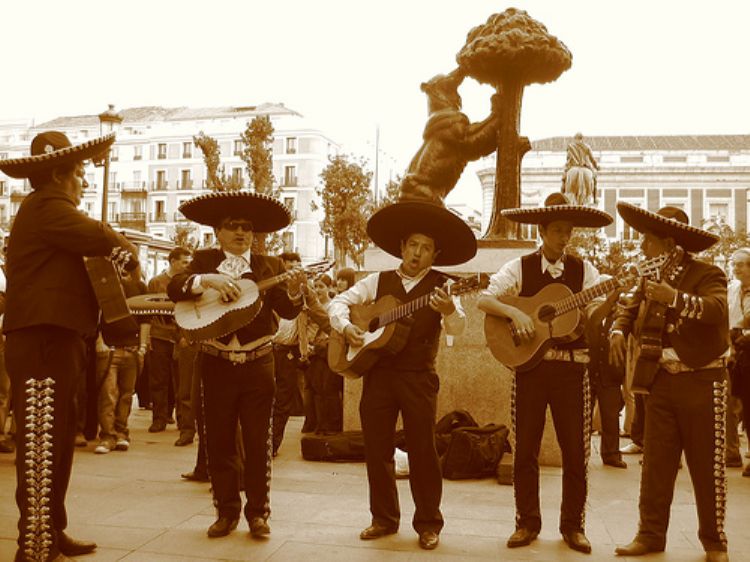
The dictionaries of Academia Mexicana de la Lengua and th...
.jpg)
The interpretation of the crisis lived by Mexico in 1994 ...
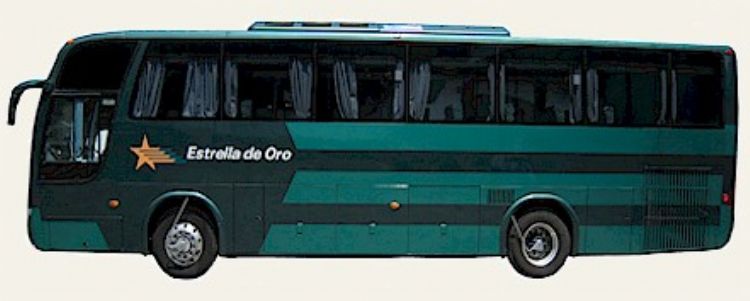
Mexico is the third largest and second most populated cou...
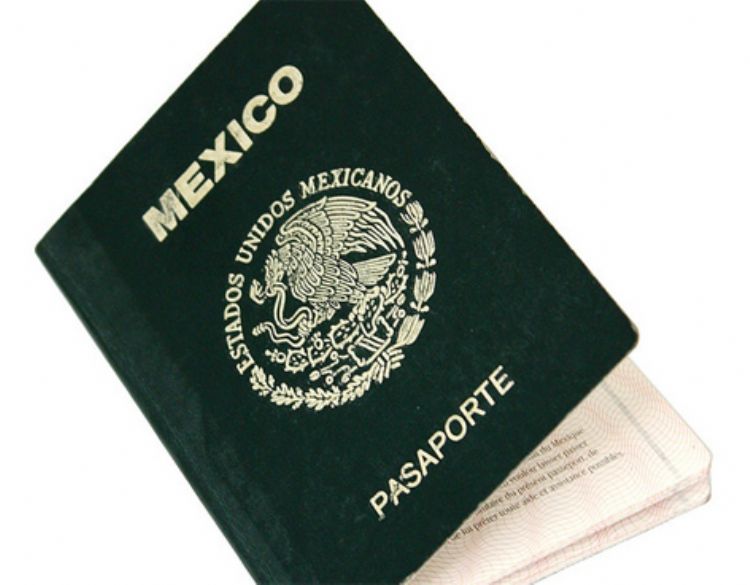
Many of us will someday need it to travel, and the first ...

Baja California
Baja California has had a ...

During his last state of the union address, José L...

The dictionaries of Academia Mexicana de la Lengua and th...

The Voterâs Mexican Credential or Federal Elect...
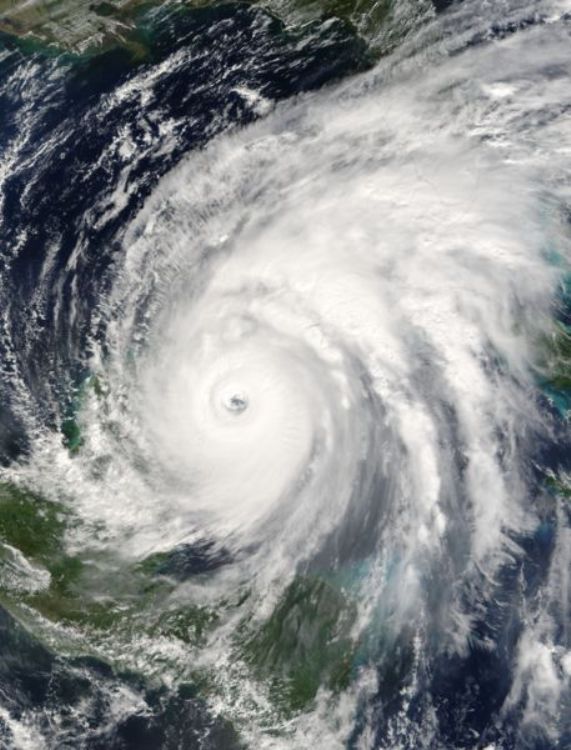
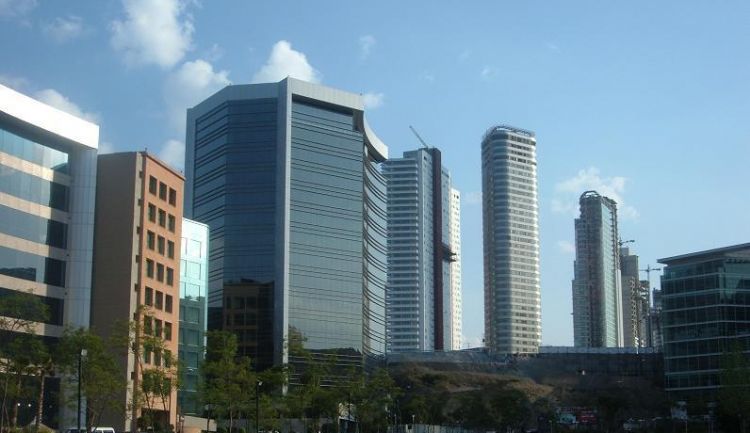
Gross Domestic Product (GDP) is the total monetary value ...
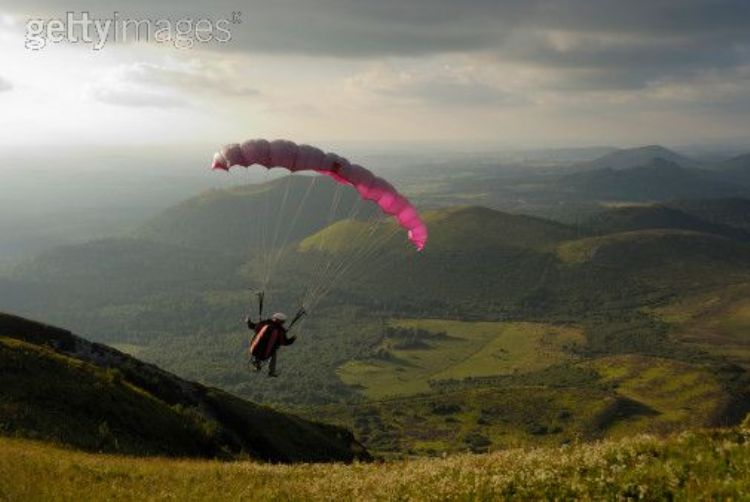
Skydiving consists of jumping with a parachute from an ai...